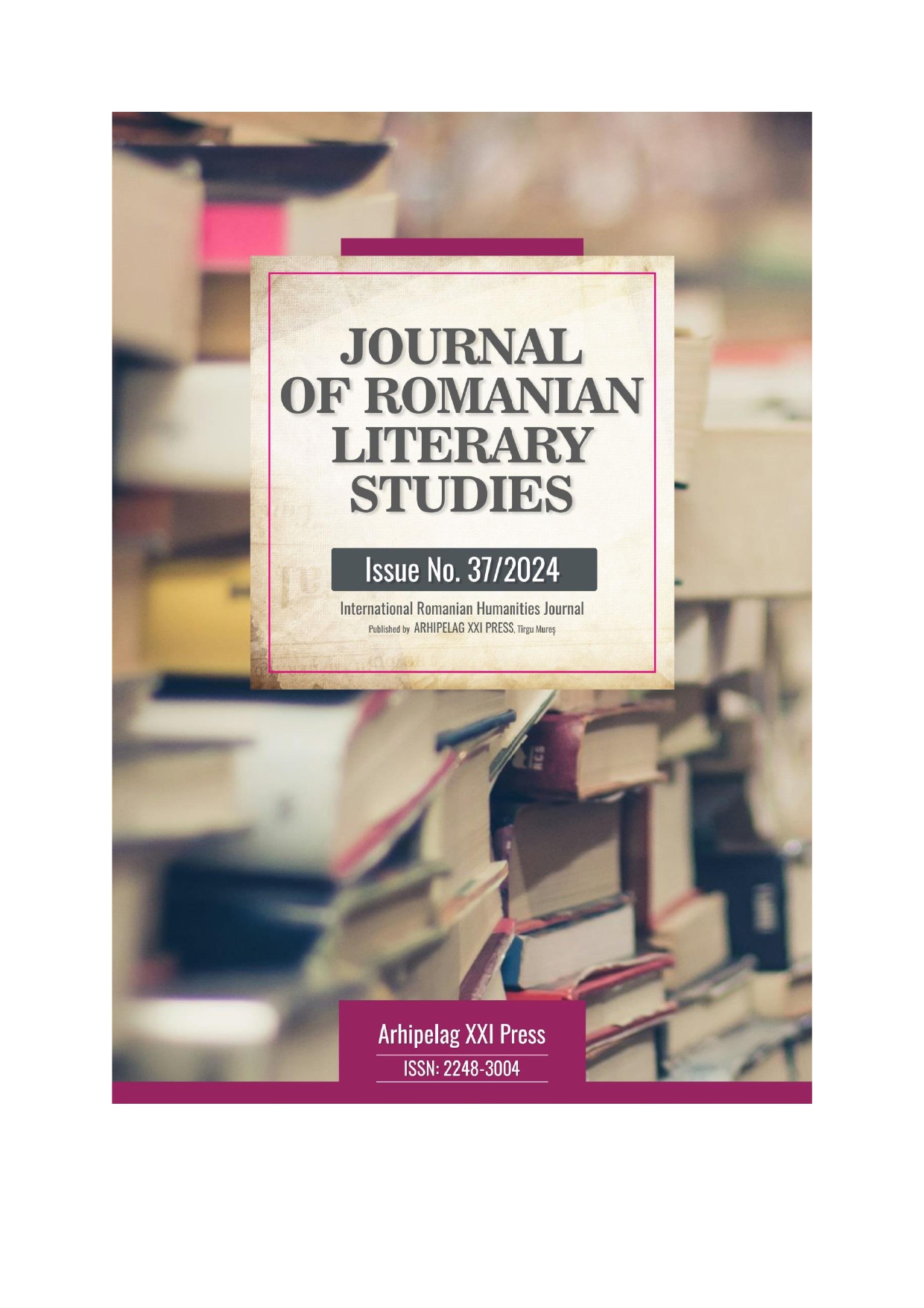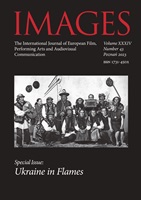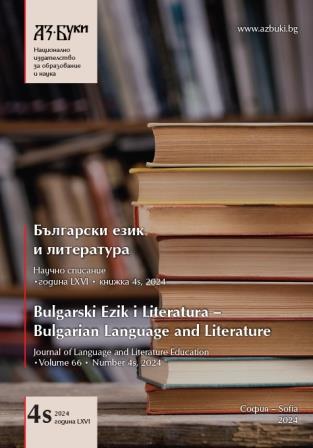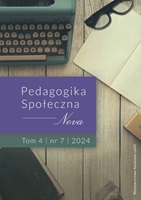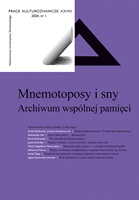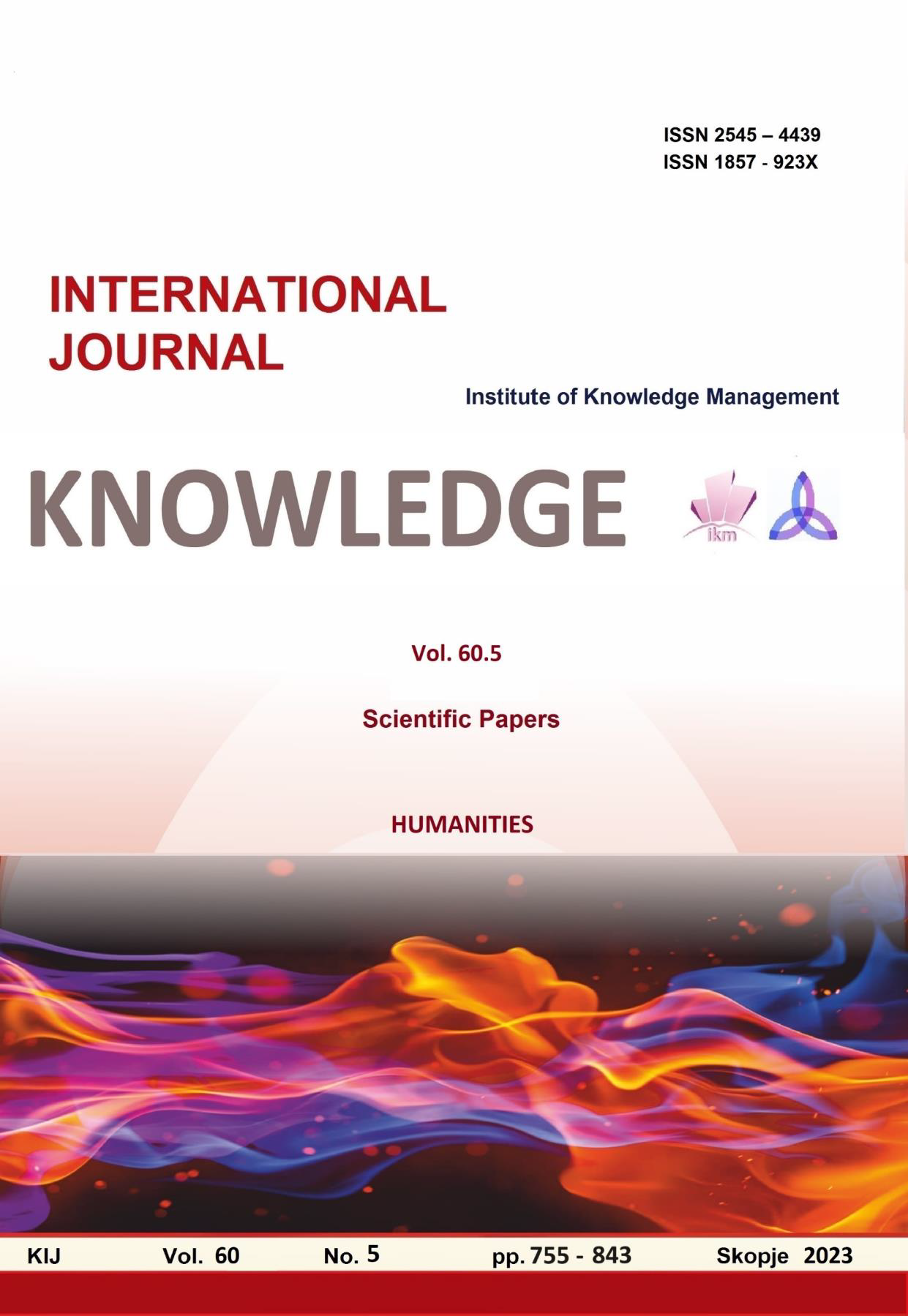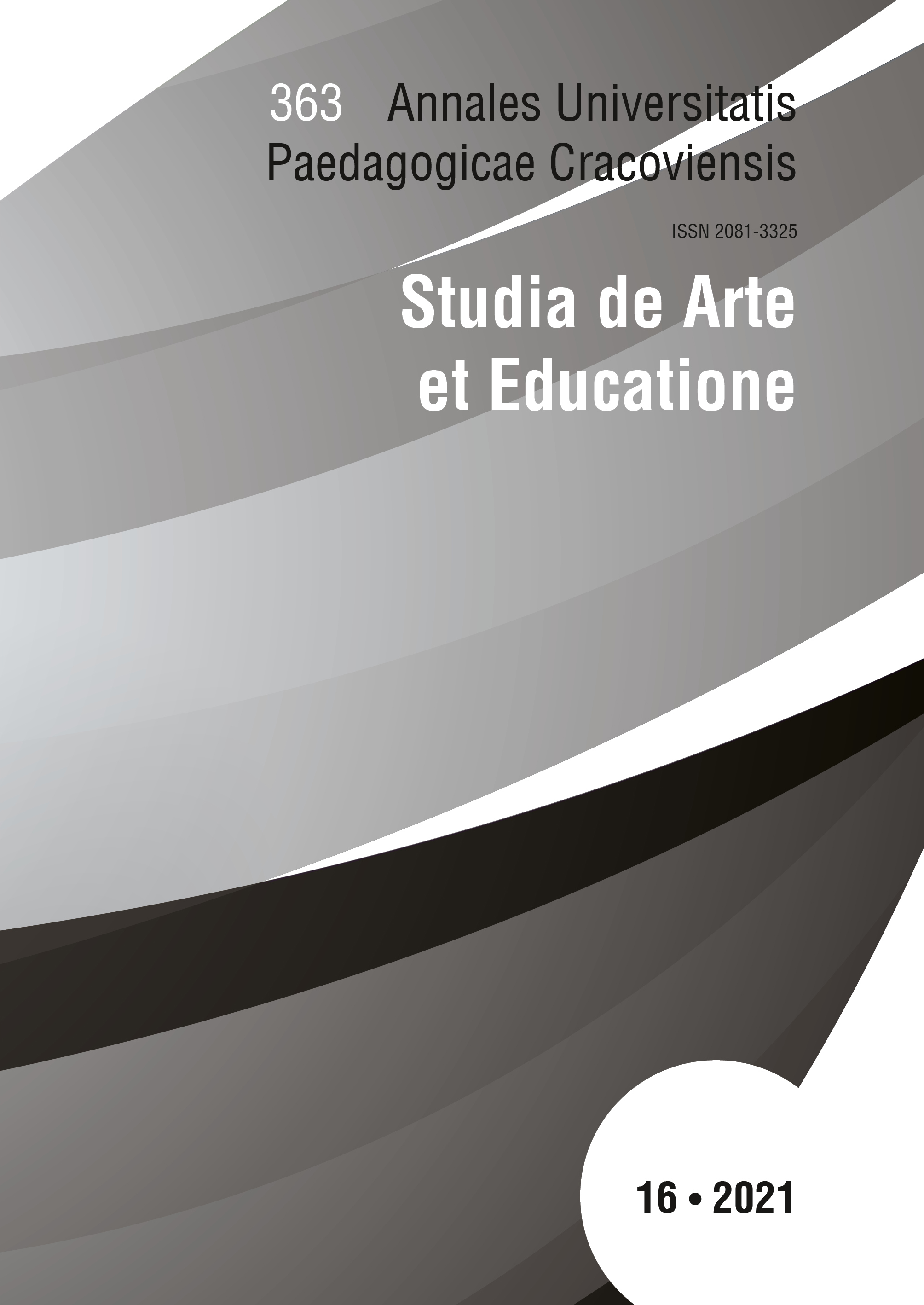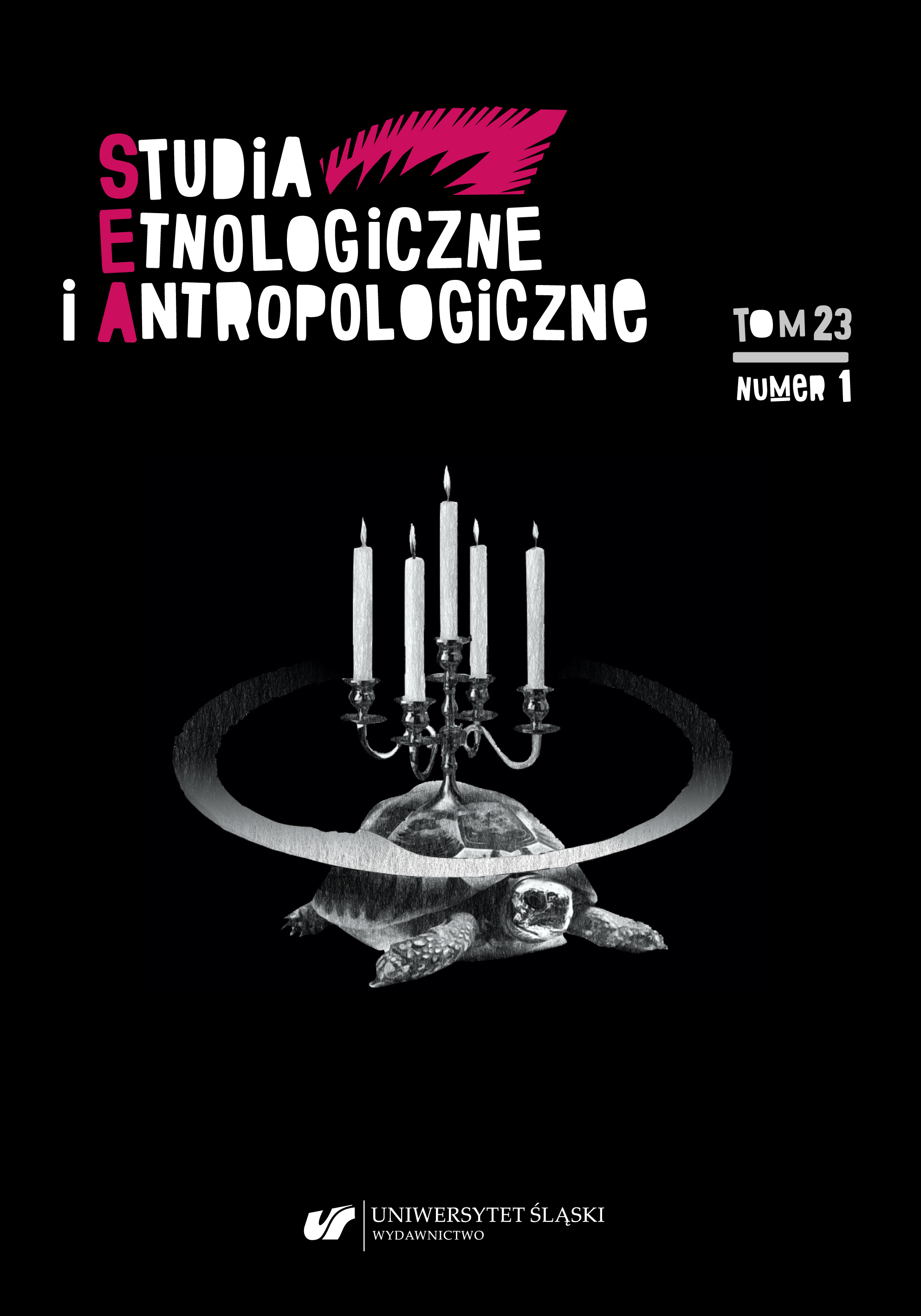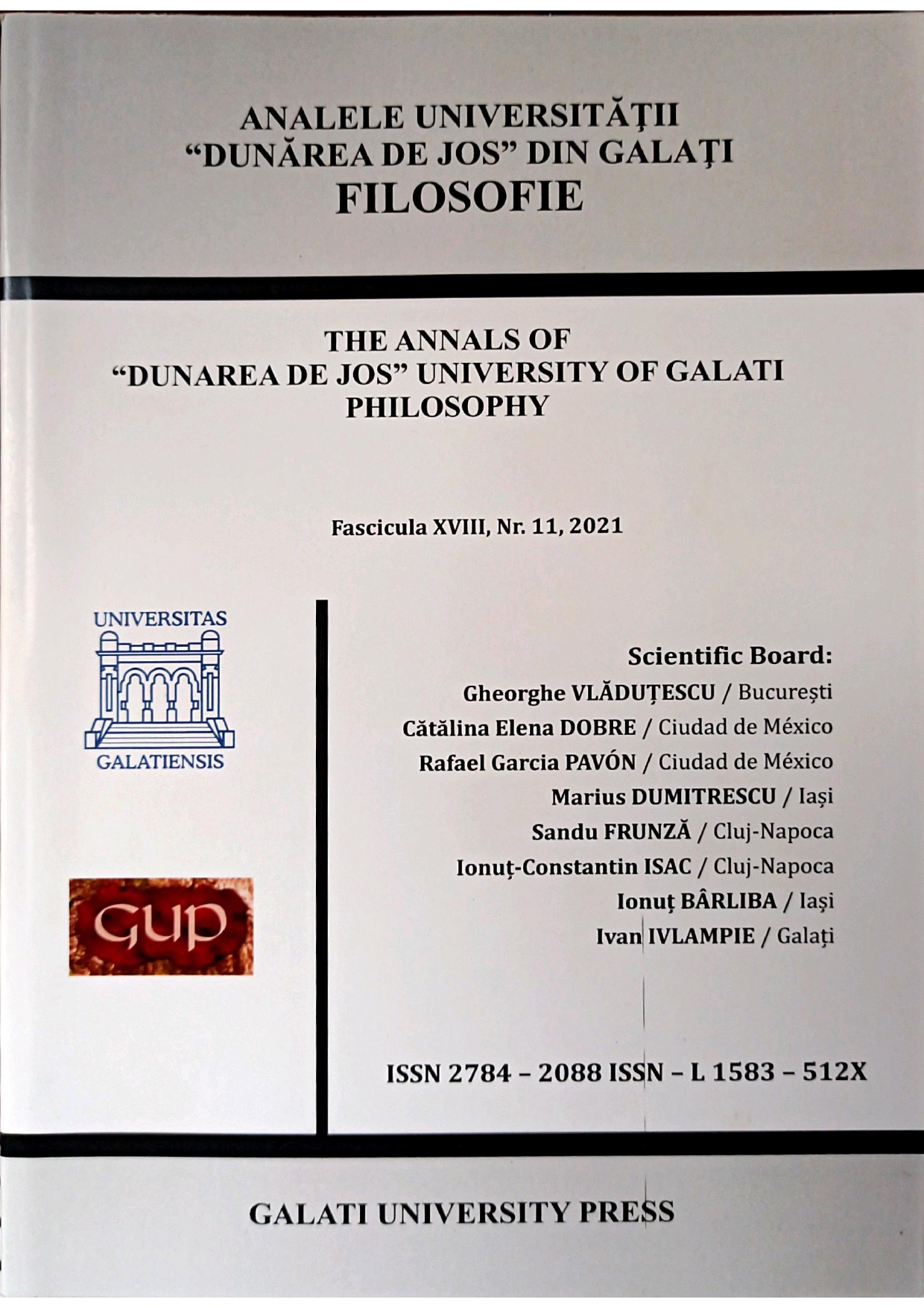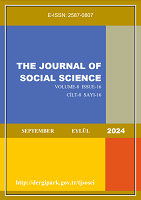Author(s): Bogdan Silion / Language(s): Romany
Issue: 11/2021
The appearance of cinema has unleashed confusion among aestheticians, philosophers and sociologists, in their attempt to correctly categorize the new artistic expression. If intellectuals had initially perceived cinema as „an art of alienation” (Th. Adorno), a „distorsion of sight” (Kafka) or as „an expression which is unable to create concepts” (Kracauer), generally dommed to fade away quickly – at least once the color motion picture film came out –soon, these opinions changed. „The seventh art”, as Méliès had first named it, has gone beyond expectations and has become one of the best way to express reality by means of art. We are part of a cinema-like world. In this world, reflection has ceased to be a privilege of philosophy; it is undoubtedly a dynamo-genesis, a permanent movement towards accomplishment, a fixation point which is continuously changing. „Thinking is thought through concepts, or functions, or sensations” (Deleuze, Guattari, Ce este filosofia, Editura Hecate, 2020, p. 234).„The world as cinema” or „cinematic-thinking” are two examples of new concepts introduced by cinema to establish its authonomy not only among arts, but also to avoid being identified with philosophy. According to Gilles Deleuze, who is one of the most important theorists in this field, the concepts in cinema are not the same as in philosophy, even if the latter one can approach them in a discourse (Bergson’s philosophy that is phenomenology, or Peirce’s pragmatics have proven to be the best ways to translate cinema language into philosophical language). Cinema has therefore its own language, which is non-discursive and more than that non-cartesian, relying on the role of symbol and image in perception. This new and exclusively visual method to understand reality by means of images has been named a new anthropology of the visual. Which are the characteristics of this new form of expression? Which is the new connection of the film with the reality? Is it possible to establish a theory of cinema outside philosophy? How can a film be effectively defined? Not only do the answers to these questions lead to deciphering the features of this new anthropology, but they also help us understand the deep changes that cinema has brought into our lives, as well as in our conscience.
More...
